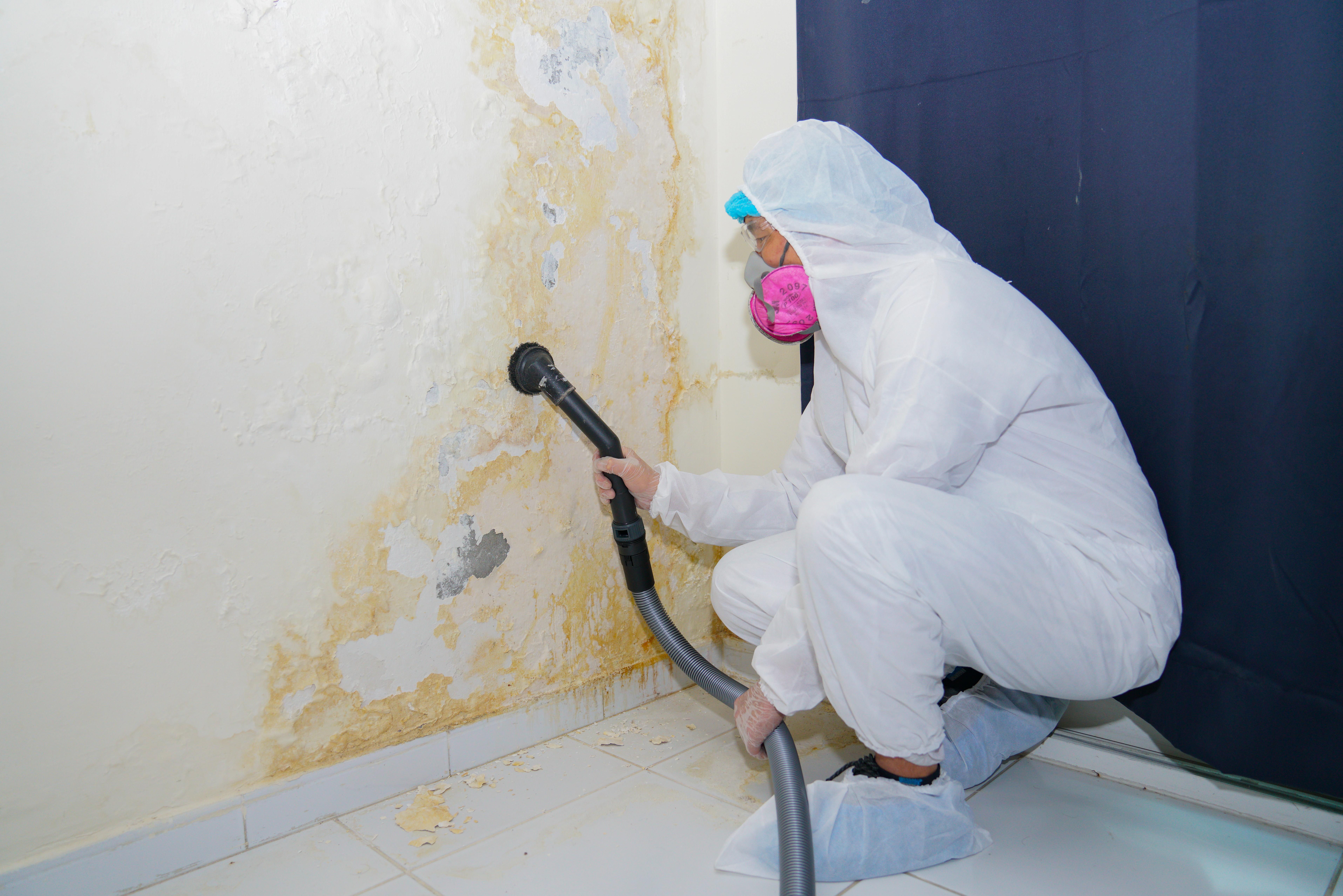Support on What to Do After Mold Remediation
Support on What to Do After Mold Remediation
Blog Article
Expert Tips for Blog Post Mold And Mildew Removal Success
In the world of mold and mildew removal, effectively getting rid of mold is only half the fight; the true difficulty lies in stopping its reappearance. By adhering to expert tips and finest techniques, individuals can protect their areas against mold resurgence and keep a healthy interior setting.
Screen Humidity Degrees Routinely
Regular monitoring of moisture levels is vital in making sure the effectiveness of message mold removal efforts. After completing mold and mildew remediation treatments, preserving ideal moisture levels is crucial to stop mold re-growth and guarantee a healthy interior environment. Tracking humidity degrees enables very early detection of any kind of spikes or changes that could potentially lead to mold resurgence. High moisture degrees above 60% produce a favorable atmosphere for mold and mildew to grow, making routine checking a proactive action to avoid any type of future mold problems - Post Remediation verification.
Additionally, establishing a regular timetable for humidity checks, especially in high-risk areas such as basements, kitchens, and shower rooms, is a positive method to mold and mildew prevention. By constantly keeping an eye on humidity degrees, home proprietors can efficiently reduce the danger of mold reoccurrence and preserve a healthy indoor atmosphere post-remediation.
Conduct Thorough Inspections Post-Remediation
Adhering to the completion of mold and mildew remediation procedures, it is crucial to conduct extensive examinations to verify the performance of the removal procedure. These post-remediation examinations are crucial in guaranteeing that the mold issue has actually been effectively attended to which there is no recurrence or continuing to be mold development. Inspections need to be performed by qualified experts that have experience in determining mold and examining interior air quality.
During these inspections, numerous methods such as aesthetic analyses, air tasting, and surface sampling may be employed to thoroughly assess the remediated areas. Visual analyses entail an in-depth assessment of the properties to inspect for any type of noticeable indications of mold and mildew growth or water damages. Air sampling assists in establishing the airborne mold and mildew spore degrees, while surface tasting can find mold particles on surfaces.
Implement Correct Air Flow Approaches
After making sure the effectiveness of the mold removal process via comprehensive inspections, the following important action is to focus on carrying out proper ventilation strategies. Appropriate air flow is essential in avoiding mold and mildew reoccurrence by controlling dampness levels and promoting air flow.
Proper air flow not only help in preventing mold and mildew development yet also contributes to the general health and comfort of occupants. By guaranteeing adequate air flow throughout the residential or commercial property, you can reduce the risk of mold and mildew regrowth and produce a healthier living environment.

Usage Mold-Resistant Materials for Repairs
To boost the lasting efficiency of mold removal initiatives, including mold-resistant products for repair work is important in alleviating the risk of future mold and mildew development. Mold-resistant materials are developed to endure dampness and hinder mold development, making them a vital choice for locations prone to moisture and moisture. When repairing locations influenced by mold, utilizing products such as mold-resistant drywall, mold-resistant paints, and mold-resistant caulking can assist protect against mold reoccurrence.
Mold-resistant drywall is an outstanding choice to conventional drywall in areas like washrooms and cellars where moisture levels are higher. When revealed to damp problems, this kind of drywall has an unique covering that withstands mold and mildew development also. Furthermore, making use of mold-resistant paints including antimicrobial agents can additionally hinder mold and mildew growth on wall surfaces and ceilings.
In locations where wetness prevails, such as washrooms and cooking areas, making use of mold-resistant caulking around sinks, home windows, and bathtubs can help seal out water and prevent mold and mildew from holding in fractures and crevices. By buying these mold-resistant products during repair services post-remediation, you can dramatically minimize the chance of future mold and mildew concerns and keep a much healthier indoor atmosphere.
Maintain Cleanliness and Address Water Issues
After mold and mildew removal, it is crucial to preserve a clean atmosphere official statement to protect against the regrowth of mold. Leakages, water breach, or high humidity degrees can create the ideal reproduction ground for mold, so it is vital to deal with any kind of water-related problems instantly.
To preserve tidiness, think about utilizing HEPA filters in vacuum cleaners and air cleansers to catch mold and mildew spores and stop their blood circulation in the air. Guaranteeing proper ventilation in locations vulnerable to moisture build-up, such as shower rooms and kitchen areas, can assist keep humidity levels in check. By remaining vigilant about cleanliness and addressing water issues promptly, you can properly protect against mold and mildew reinfestation and preserve a healthy interior atmosphere.
Conclusion

In the realm of mold and mildew removal, efficiently eradicating mold is only half the fight; the real obstacle lies in avoiding its reappearance. After finishing mold and mildew remediation treatments, maintaining ideal moisture levels is mold removal window essential to stop mold re-growth and ensure a healthy indoor environment. High humidity levels above 60% create a conducive environment for mold to flourish, making routine checking a positive measure to stop any kind of future mold and mildew issues.
To boost the long-lasting performance of mold removal initiatives, integrating mold-resistant materials for repair services is critical in mitigating the threat of future mold and mildew growth. After mold remediation, it is crucial to maintain a clean setting to prevent the regrowth of mold.
Report this page